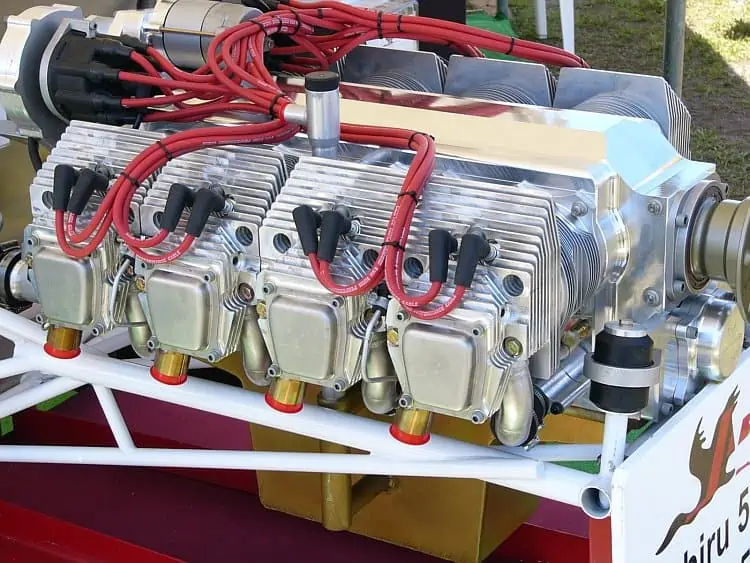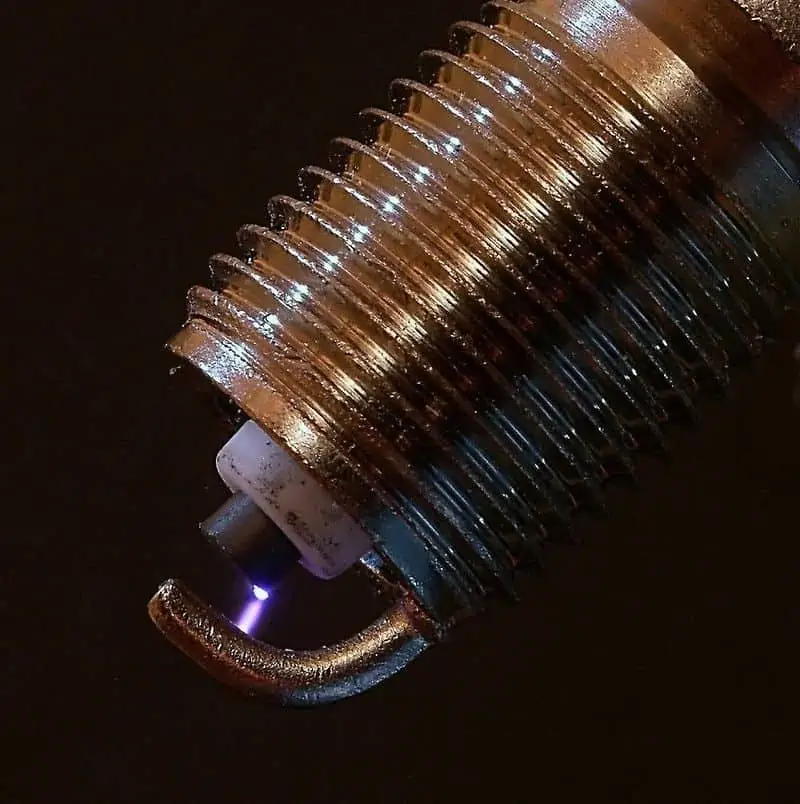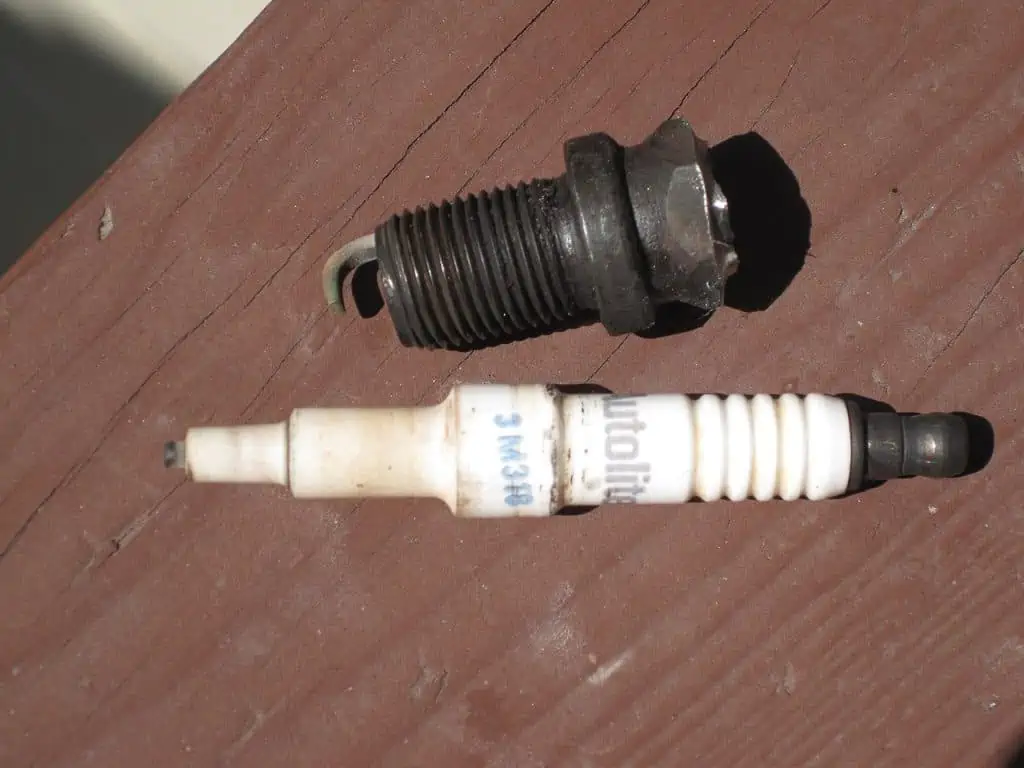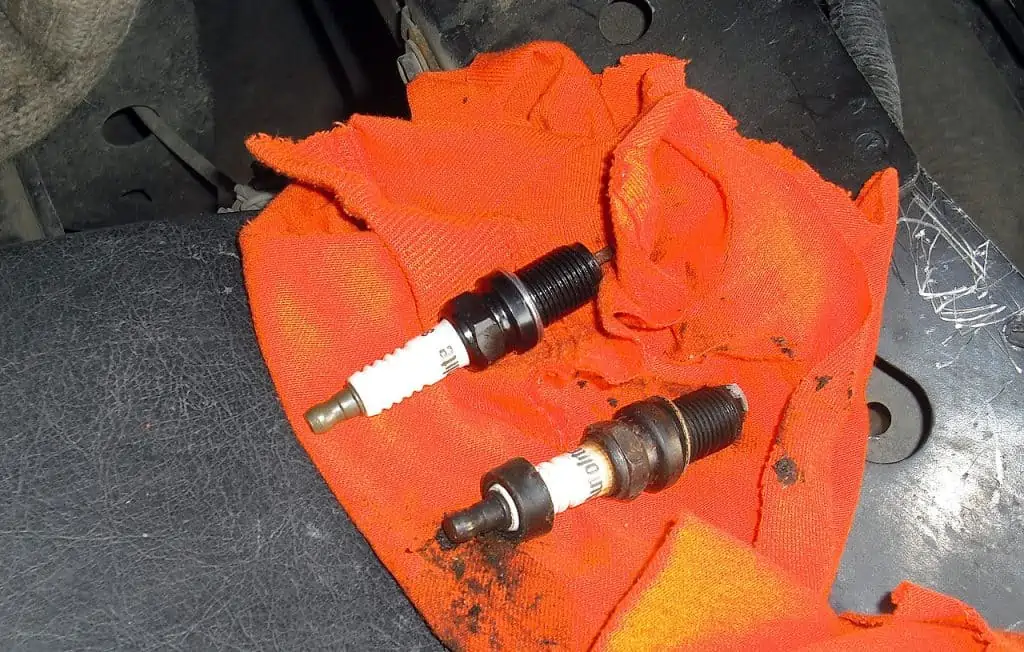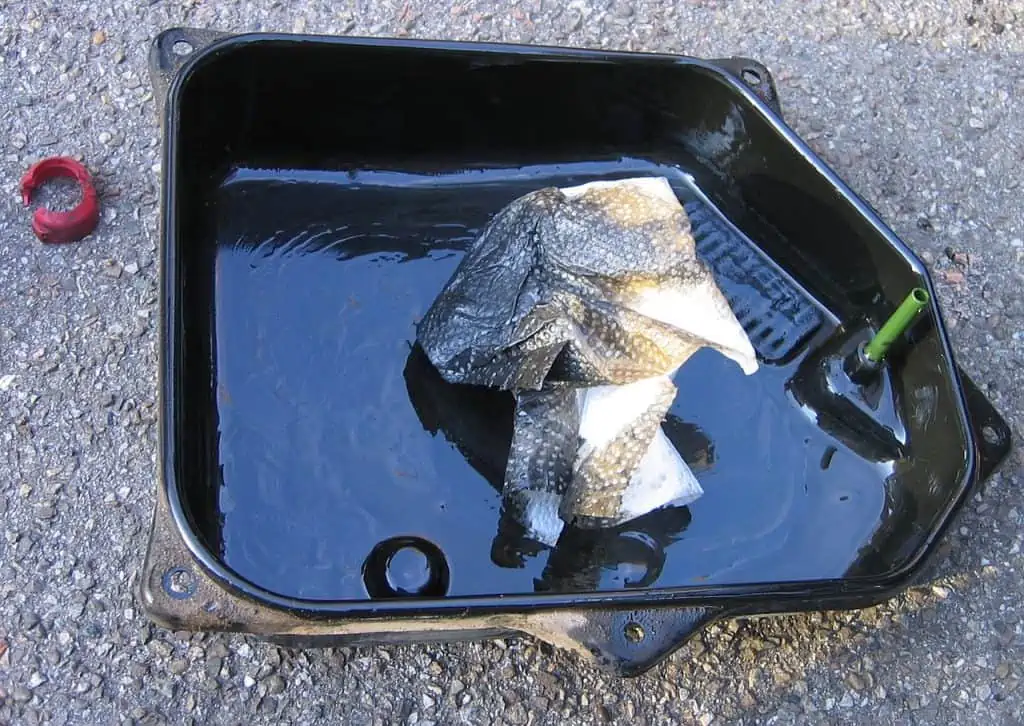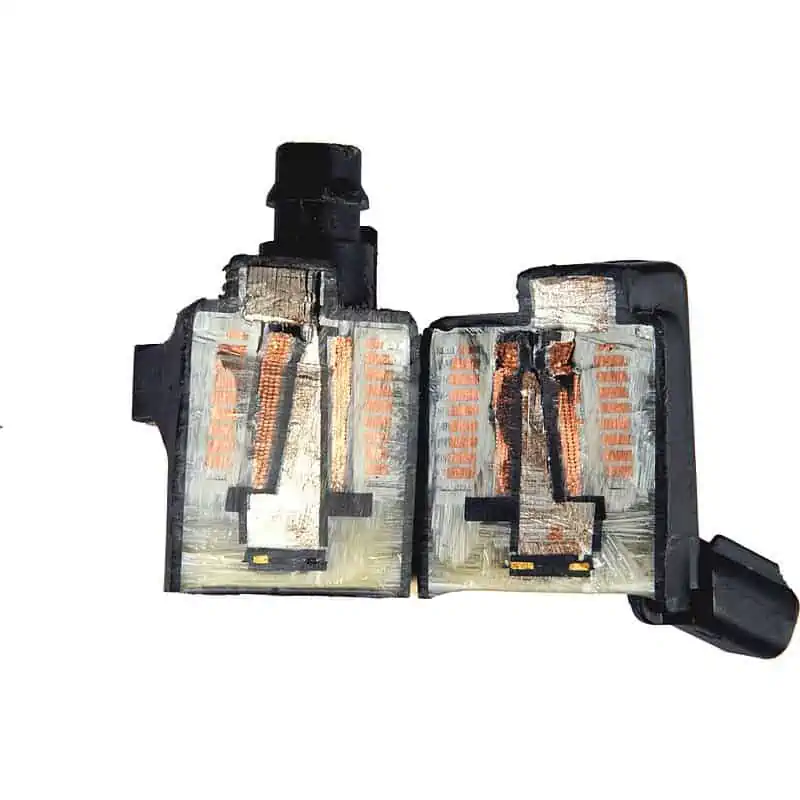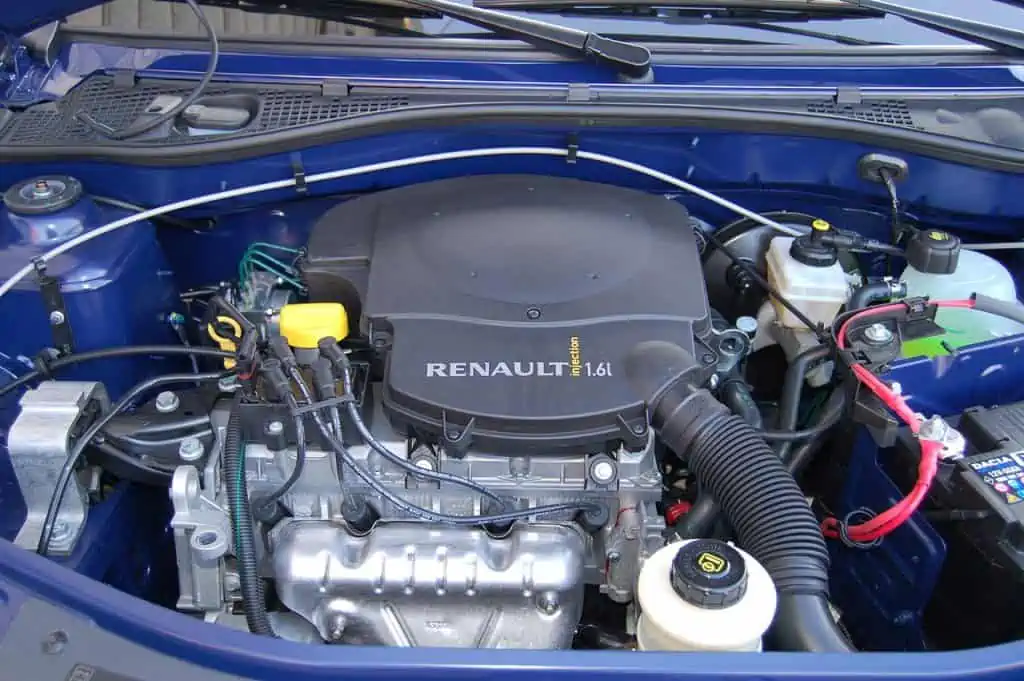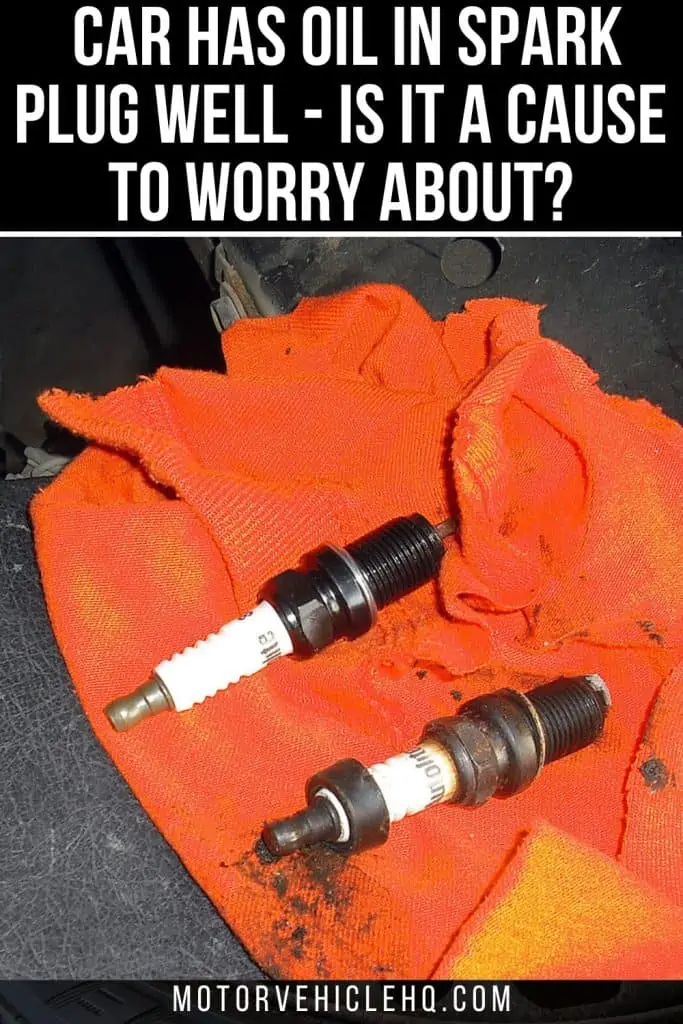Have you looked at the spark plugs and seen that there is oil in spark plug well? If this is the case and you are in this unpleasant circumstance, you have come to the correct location since there will be a lot to discuss on this subject.
Nobody wants to have an issue with oil in spark plug well like this. First of all, you need to change your spark plugs since they are immediately destroyed. That much is true. The biggest ambiguity, though, is what’s really to blame for this issue. And we want to identify who is to blame for this issue.
Due to this, you must understand all of the sources of this problem with your vehicle. But first, we’ll go into more detail about the symptoms. This will be the case since many individuals need to discover how the vehicle will respond in this circumstance because they are ignorant that they have oil in spark plug well. The causes and the diagnosis method will then be covered.
Finally, we’ll talk about how much it will cost to fix this issue with your vehicle permanently. This, in certain situations, is not at all inexpensive. Therefore, you must exercise caution while dealing with these issues since correcting them might be difficult. So, keep reading to find out how to solve this issue.
Oil In Spark Plug Well: What Does It Mean?
Before learning the signs of flowing oil in spark plugs, let’s first understand what the cause of this issue is. Because others who are unfamiliar with this situation could struggle to understand it. What does oil in spark plug well mean then?
The valve cover tube seals are failing in this instance, and oil is dripping into the plug holes.
Imagine a rubber gasket between the engine head and the valve cover. Additionally, there are tube seals—circular gaskets that create the proper seal between the valve cover and the cylinder head—for each of these spark plug holes.
This rubber gasket or seal can break, and if it does so in the circular area where the plug is located, you can anticipate the oil to begin pouring into the spark plug well. You will subsequently encounter this issue.
These leaks might be enormous and result in several problems in the future. Therefore, you must exercise extra caution when dealing with issues like these and ensure that you address them promptly to avoid doing any lasting harm. However, how severe is the issue with the oil in the spark plug well? Well, that is what we will discuss next.
When there is oil in the spark plug well, you should change your spark plugs since they are instantly damaged.
How Serious Is The Oil In Spark Plug Well Problem?
Let’s first look at the level of worry around this issue before learning more about the symptoms you may experience if you have oil in spark plug well.
To be honest, it’s not a huge deal at all. The only fix for these gaskets leaking a little oil from time to time is to replace them.
However, I would do this as quickly as possible if I were you because this oil shouldn’t have been there, to begin with. So, be vigilant when it comes to such matters.
These issues have the potential to harm your engine’s cylinders, spark plugs, and ignition coils with ease.
Consequently, if this issue arises. Your engine will be filled with a ton of filth and difficult-to-remove sludge as a result of the oil. So, keep these things in mind.
And when you take into account that a new valve cover gasket with new tube seals only costs $20 or less, I don’t think it’s worth the risk to run your engine this way and jeopardize its health for something this inexpensive. That is my opinion about this issue and whether or not you should be concerned.
Let’s now examine the signs of an oil-filled spark plug well and discover some typical scenarios that you could encounter in this case.
What are the Symptoms of Oil In Spark Plug Well?
Let’s get down to business and discover more about the symptoms of oil in spark plug well as well as what you may expect to go through if you have this problem.
Since you are aware of the issue, I believe you can identify some of these signs. However, for some people who are exhibiting similar symptoms, checking these auto parts is the last thing on their minds.
You can better comprehend how this issue with your car’s faulty valve cover tube seals is hurting it and creating various symptoms if you are aware of the signs. So keep reading to discover more about the symptoms of oil in spark plug well.
1. The Check Engine Light Illuminates
Now, let’s begin with the symptoms of oil in spark plug well and discover more about the potential symptoms of a problem like this.
The check engine light is the first topic we’d like to discuss. If you have the check engine light will be on oil in spark plug well. Why, though, will this be the case?
Well, given that the ignition coil is likely covered with engine oil, this will be the case. And your coil is not in a favorable state right now.
The coil won’t function as it ought to. As a result, your car’s ignition coil will have issues. In even more severe situations, the oil may seep into the cylinder and clog the spark plug. Trouble twice.
As a result, when this occurs, you won’t only receive misfire codes like P0300, P0301, P0302, etc. Additionally, you will receive codes specific to the problematic ignition coil. specifically the cylinder with oil in spark plug well. These codes span the range P0350–P0364.
Finding the correct coil might be a little challenging because the ignition coil code definitions are indicated with letters rather than a number. But you need to work things out. Let’s move on to the following symptom now.
Spark plug electric discharge by SchumacherDresden / CC BY-SA 3.0. If the spark plugs are covered with oil, oil in the spark plug wells is an issue that is probably likely present.
2. Misfires In Engines
The circumstance where the engine misfires, which is caused by oil in spark plug well, is the second most often occurring indication of the problem. What are misfires in general, and why is this the case?
In other terms, a misfire is a failed combustion. Either the gasoline ignites too soon or too late. So, we may say that the engine is misfiring when a condition like this occurs inside the engine. The exhaust will start to pop and the engine will tremble. However, why is that so?
This is the situation, mostly because your ignition coils or plug wires are submerged in oil. The oil wells are not delivering electricity to the spark plug properly because they are not filled. hence, when the spark plug is inoperative. The high compression will very certainly ignite the fuel, delaying combustion.
As we previously said, an OBD2 scanner can diagnose the misfires. When it comes to this, this instrument will save your life. Let’s move on to the following symptom now.
3. Harsh Idle
The issue with a rough engine idle ranks third on our list of oil in spark plug well symptoms. Why is this the case, then?
Your engine will struggle to function correctly whenever there are misfires inside the cylinder. This difficult idling position will be caused by the misfires.
You’ll start to notice that the tachometer’s needle fluctuates and goes up and down constantly. The journey won’t be easy at all. Therefore, you should take the ignition coils off and inspect the spark plugs when you start suffering misfires.
Oil in spark plug wells is a problem that is almost certainly present if the spark plugs are covered with oil. This issue needs to be resolved right away if you don’t want to further harm your engine and wind up stranded with a non-running vehicle.
4. Reduced Engine Oil Level
Low engine oil is the fourth symptom on our list of oil in spark plug well. When you have a leak like this, the engine will be low on fuel.
When it comes to a situation like this, you’ll notice that the oil levels will somewhat decrease. However, why is that so?
Well, the oil will essentially leak out of the tube seals, thus this will be the situation. Therefore, if one or more of your engine’s rings are damaged, some oil may leak out and the engine may run a little low on oil.
Not that grave. But whenever you decide to address the issue with the oil in spark plug well, then you will need to top off the oil. And advise you to act quickly if you want to prevent engine harm brought on by this low oil level. There will be more internal conflict, and who knows what may happen. This is why you should deal with the issue as quickly as possible.
5. The Oil Pressure Light Illuminates or Oil Pressure Gauge Indicates Low
Another issue that you could encounter is a low oil pressure light or a gauge that is just at the minimum while you have oil in the spark plug well. Why, therefore, did this happen to you?
The quick explanation is that there are air leaks in your system. You have the PCV system, as you are aware, for engine ventilation. However, you also allow extra air to enter the engine when the spark plug’s tube seal is leaking.
It is possible for the oil to periodically spill on the spark plug and cause fouling if the cylinder head and spark plug are not entirely sealed.
You could start to experience various symptoms as a result, including low or excessive oil pressure and other symptoms related to this issue.
If you want to prevent some of the symptoms that may result from this issue, the valve cover gasket and the tube seals are two of the most crucial parts that need to be kept in check.
Therefore, you should examine the PCV valve as well as the spark plug wells to determine if you have any oil in spark plug well and if some of your rings do not seal well if you observe a loss in pressure, oil light, or similar problems.
6. Defective Spark Plugs
The scenario with the fouled spark plug is the next on our list of oil in spark plug well symptoms. This is true because oil can seep into the cylinder from the top of the engine.
When the spark plug and cylinder head are not completely sealed, the oil may occasionally leak on the spark plug, causing it to foul.
Both oil on the electrode and oil on the threads of the spark plug will be present. The spark plug may occasionally be coated in oil. The amount of oil that will enter the spark plug well will have a significant impact on this.
So, take care of this if you don’t want to run into the same issues with oil burning as in this instance. Occasionally checking the spark plugs’ condition would be a wise move on your part. By doing so, you will be aware that you have oil in the spark plug well and can save further engine damage. Let’s now discuss the final symptom.
7. Damp Ignition Coils
The case when you have saturated spark plug coils or wires is the final on our list of oil in spark plug well symptoms.
An enormous amount of oil will seep into the spark plug well when the tube seals begin to fail, soaking the ignition coils in oil.
There shouldn’t be any engine oil there, and this is a problem that has to be addressed. mostly because these ignition coils can begin to malfunction and are quite expensive to replace if they do. But why does oil in spark plug well primarily exist? That is what we will address next, so let’s get started.
What are the Reasons for Oil In Spark Plug Well?
As soon as you see oil in your spark plug wells, you must ascertain the source. Take a closer look at these factors to have a better understanding:
1. Valve Cover Gasket Is Leaking
Defective valve cover gaskets are one of the most typical causes of oil leaks. The space between the cylinder head and the valve cover is sealed by the valve cover gasket. The seal may degrade with time, enabling oil to flow through.
This may result in greasy spark plugs, which might result in misfires and poor engine performance.
2. Filling an Oil Pan with Excess Oil
Your spark plugs may become greasy if you overfill your engine oil. This is due to the possibility that some oil from an overfilled engine might leak into the combustion chamber and onto the spark plugs.
It is possible for the oil to periodically spill on the spark plug and cause fouling if the cylinder head and spark plug are not entirely sealed.
Your engine’s seals and gaskets may experience undue strain if you overfill it with oil, which might result in leaks. Adding too much engine oil might harm your engine and result in additional issues.
3. Defective Valve Cover
Oil leaking onto the spark plugs from a damaged valve cover is another possibility. The valve cover shields the engine’s valves and parts from dirt and debris.
If the valve cover is fractured or damaged, the oil may leak through and onto the spark plugs. Misfires and a decline in engine performance may result from this.
4. Piston Rings with Cracks
Your spark plugs may become greasy if your piston rings are damaged. This is because the plugs may get damaged if oil seeps through the crevices and onto them.
Furthermore, excessive oil on your plugs might result in pre-ignition and fouling, both of which can harm your engine.
5. Bad O-Rings
The connection between the spark plug and the engine is sealed by the spark plug O-ring. These seals may deteriorate over time, allowing oil to enter combustion chambers through seepage.
In addition to these issues, worn O-rings can also result in coolant and vacuum leakage. It is crucial to have your O-rings changed as soon as you feel they are worn.
6. Weathered Valve Guide Seals
Oil leaks beyond engine valves are stopped with the use of exhaust valve guide seals. They seal the gap between the cylinder head and the valve stem where they are situated.
Spark plugs can get greasy as a result of worn valve guide seals because they enable oil to enter the combustion chamber. The spark plugs may ultimately foul as a result of this.
Which are the Diagnostic and Repair Methods for Oil In Spark Plug Well?
So, we’ve reached the crucial part, which is the diagnostic procedure and the repairs required to address the oil in the spark plug well issue. How can you determine if there is an issue with the oil in your spark plug wells?
The only way to discover this is to have your vehicle undergo a diagnostics procedure. Check that specific cylinder if the OBD2 scanner displays errors that suggest misfires. Or, if you choose, check them all. This is quite simple to perform.
The top engine cover must be removed, followed by the coils being taken out one at a time if you want to physically analyze the issue. Make sure the coils are positioned in the same sequence when you remove them.
Once the coils are removed, you may check them. If all of them are greasy and oily, you likely have an issue with the tube seals.
The valve cover gasket will also need to be replaced after these tube seals. Depending on how the engine is built. These ring tube seals are a part of several gaskets. Others don’t. Therefore, in most circumstances, it is up to your engine.
Purchase new components, then swap out the valve cover gaskets and seals. Once this task has been completed, there is no further oil in spark plug well symptoms.
A car oil pan by Hans Haase / CC BY-SA 4.0. If you overfill the engine oil pan, the spark plugs could get filthy. It’s possible for oil from an overfilled engine oil pan to flow onto the spark plugs and into the combustion chamber.
How Much Does Fixing Oil In Spark Plug Well Cost?
So much will it cost to repair the oil in the spark plug well? The expense of solving this issue is not very high. The reason for this is that this plug tube seals only cost a few dollars.
You should not anticipate paying more than $30 for the items alone, not including the valve cover gasket. On the other hand, if you visit a business for repair, it can cost you around $200.
This is true since it takes some time to replace these parts, and time equals money. As a result, you should budget some cash to get it done at a store.
Or you could do this in your garage if you’re a DIY enthusiast like I am. However, to reach these seals and address the issue, you will need some of the tools required for the removal of the valve cover.
DIY Guide for Cleaning Oil In Spark Plug Well
Your car won’t operate properly if the spark plug is dirty. Cleaning the spark plug and its holes properly will prolong the life of your vehicle and help you save money. So learning how to properly clean a spark plug is essential to preventing unneeded issues with your car’s engine.
Obtain the following items before cleaning the oil in spark plug well:
- A Large screwdriver
- A Sandpaper
- A Carb cleaner
- Compressed air
- A Cloth for cleaning
- The Spark plug socket including extensions
- The Gap tool
- A pair of safety glasses
Following the methods listed below, you may begin cleaning your spark plug holes once you have acquired all the necessary equipment.
1. Remove the Battery’s Negative Terminal
Disconnect the negative battery terminal before you start cleaning the spark plug properly. Your car’s hood or engine compartment both contain it. By releasing the bolt and maintaining the terminal, you may remove the terminal.
2. Check for the Spark Plug Tubes
The spark plugs are found attached to the ignition coil. Typically, each cylinder has just one coil and spark plug. Please consult your car’s user handbook if you are having difficulties locating the ignition coil.
3. Clean the Surrounding Surface with Compressed Air
After you locate the spark plug, clear the area of any trash. Some dirt that is present while the spark plug holes are being cleaned might fall into the hole and harm your car’s engine. Therefore, it is preferable to use compressed air to blow all of the debris away from the holes while wearing safety glasses.
4. Disconnect the Ignition Coils
Now that the area surrounding the surface has been thoroughly cleaned, it’s time to remove the ignition coils. Please take care to remove them one at a time and preserve them after removal. If not, you can run into issues while reinstalling the ignition coils.
Aceon Bright Ignition Coil by Aceonhost / CC BY-SA 4.0. The ignition coil has spark plugs attached to it. Typically, there is just one coil and spark plug per cylinder.
5. Disconnect the Spark Plug Wires
The wires for spark plugs are brittle. Therefore, using the spark plug socket, you must gently unscrew the spark plug. When it is released, carefully remove the spark plugs from the holes.
6. Thoroughly Clean the Spark Plug Well
Now, there are several techniques to clean the filthy spark plug properly. Using pressurized air is the simplest method. To properly clean the bottom of the spark plug, you will need a can of compressed air with a long tip.
Even if all of the debris in the spark plug holes is removed, the cleaning is not yet complete. The next thing you need to know is how to clean the spark plug well of oil. You will want a big screwdriver, a clean rag, and a carb cleaner because this oil cannot be cleaned with compressed air.
First, fill the spark plug well with carb cleaning. The cleaning rag can also be treated with some carb cleanser. Both options will satisfy you.
Then, round the screwdriver’s tip with the rag. Please place it in the spark plug well and gently agitate the inside to allow the oil to absorb completely. Repeat this procedure for each hole until all of the oil has been removed.
Please keep in mind that typically you can’t locate oil in the spark plug well. If there is oil, your valve cover gasket is defective. You will need to change the valve cover gasket to prevent oil from leaking into the holes in the future.
7. Clean All the Spark Plugs
You must thoroughly clean the spark plugs after cleaning the spark plug well.
It is best to use 220 grit sandpaper to remove all of the debris from the spark plugs while cleaning them.
8. Gap the Spark Plugs Effectively
Please consult your car’s user handbook before adjusting the spark plug gap to find the ideal gap for your vehicle. If you still can’t detect it, the spacing is usually set between 0.6 mm and 1.8 mm.
However, take caution because lowering the distance too much can result in poor engine performance. Additionally, your engine might misfire if the distance is too large. Therefore, it is advisable to adhere to the parameters suggested for your vehicle.
Push the gap tool into the space between the spark plug and the plug electrode to establish the gap. Move the tool now till it complies with your convenience requirements.
9. Reinstall the Spark Plugs Back
The spark plugs can be installed manually or with the aid of a spark plug socket and extensions. You may not be able to correctly fix the spark plugs by hand, thus it is better to use a spark plug socket.
Utilizing the spark plug socket and any necessary extensions, reinstall the spark plug in its original position. After that, you may tighten the spark plug using your hand or a ratchet handle. In either case, keep in mind to move slowly because exerting too much pressure might damage the spark plug.
Make sure the spark plug is precisely repositioned in its original location before completing the process. Otherwise, you’ll subsequently have trouble starting your engine.
Engine misfires by Huhu Uet / CC BY-SA 3.0. The situation where the engine misfires, which is brought on by oil in the spark plug well, is the most frequent sign of the issue.
10. Reconnect the Ignition Coils Back
It’s finally time for you to reassemble everything after fastening the spark plugs. Take your ignition coils and put them back in the same sequence as you took them out. Finally, reconnect the battery’s negative terminal. Please attempt to start your engine after completing all the instructions to look for any issues.
How to Be Safe When Cleaning Oil In Spark Plug Well
The following safety measures must be observed before or during cleaning the spark plug well:
- Wear safety eyewear at all times when working with compressed air. If not, the particles may irritate your eyes.
- The ignition coils must be removed, cleaned, and then reinstalled in the proper sequence. If the sequence is altered, your engine will have trouble starting.
- The spark plugs are delicate. Please use the least amount of force possible while handling the spark plug by hand unless you are using a spark plug socket.
The Conclusion
One of the most crucial parts of an engine is a spark plug. They produce the spark necessary for the air/fuel combination in the engine to ignite, which then propels the car forward. Your vehicle may have issues if the spark plugs are not functioning properly. The engine may misfire, stall, or run rough if the spark plugs are oily.
Also possible are lower power and fuel efficiency. Spark plugs that are severely broken or fouled may seriously harm an engine. It’s important to speak with a technician or spark plug expert if you’re having issues with your spark plugs.
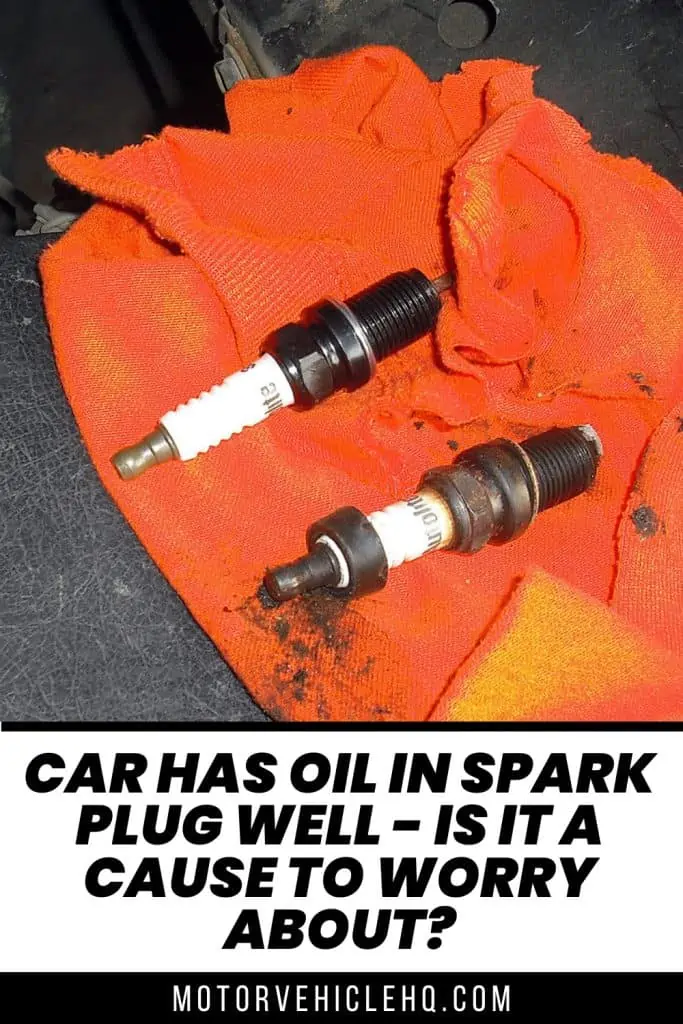

Jim Wicks is the founder of MotorVehicleHQ. With over two decades of experience in the automotive industry and a degree in Automotive Technology, Jim is a certified car expert who has worked in various roles ranging from a mechanic, car dealership manager, to a racing car driver. He has owned more than 20 cars over the past 15 years. Ask him about any vehicle you see on the road and he can tell you the make, model and year. He loves the aesthetics of all things cars, and keeps his vehicles in pristine condition.
In his free time, Jim enjoys getting his hands dirty under the hood of a classic car or taking long drives along the country roads. His favorite car? A 1967 Shelby GT500, a true classic that, according to Jim, “represents the pure essence of American muscle.”
